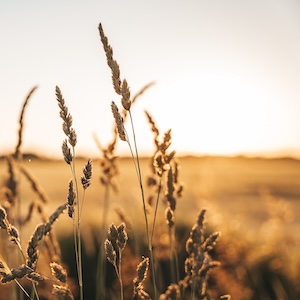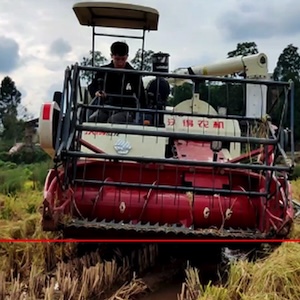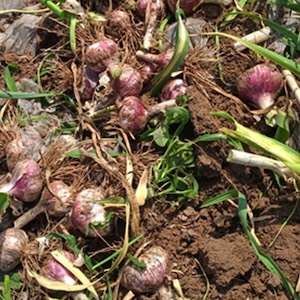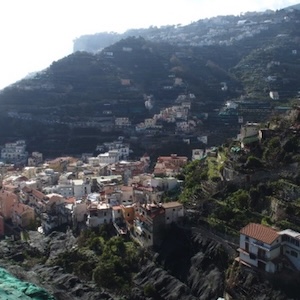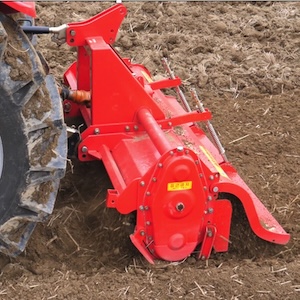Microwave and steam blanching as pre-treatments before air drying of Moringa oleifera leaves
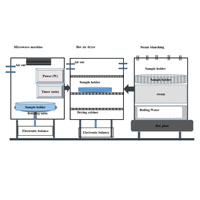
Published: 21 December 2020
Abstract Views: 2266
PDF: 758
HTML: 653
HTML: 653
Publisher's note
All claims expressed in this article are solely those of the authors and do not necessarily represent those of their affiliated organizations, or those of the publisher, the editors and the reviewers. Any product that may be evaluated in this article or claim that may be made by its manufacturer is not guaranteed or endorsed by the publisher.
All claims expressed in this article are solely those of the authors and do not necessarily represent those of their affiliated organizations, or those of the publisher, the editors and the reviewers. Any product that may be evaluated in this article or claim that may be made by its manufacturer is not guaranteed or endorsed by the publisher.
Similar Articles
- Senanur Durgut Malçok, Azime Özkan Karabacak, Ertürk Bekar, Cüneyt Tunçkal, Canan Ece Tamer, Influence of a hybrid drying combined with infrared and heat pump dryer on drying characteristics, colour, thermal imaging and bioaccessibility of phenolics and antioxidant capacity of mushroom slices , Journal of Agricultural Engineering: Vol. 54 No. 3 (2023)
- Senanur Durgut Malçok, Azime Özkan Karabacak, Cüneyt Tunçkal, Canan Ece Tamer, Application of response surface methodology for optimisation of Cornelian cherry - Capia pepper leather dried in a heat pump drying system , Journal of Agricultural Engineering: Vol. 54 No. 3 (2023)
- Ernest Ekow Abano, Hai Le Ma, Wenjuan Qu, Thin-layer catalytic far-infrared radiation drying and flavour of tomato slices , Journal of Agricultural Engineering: Vol. 45 No. 1 (2014)
- Ernest Ekow Abano, Livingston Kobina Sam-Amoah, Ato Bart-Plange, Variation in ultrasonic frequency and time as pre-treatments to air-drying of carrot , Journal of Agricultural Engineering: Vol. 43 No. 4 (2012)
- Yane Ansanay, Praveen Kolar, Ratna Sharma-Shivappa, Jay Cheng, Sunkyu Park, Consuelo Arellano, Pre-treatment of biomasses using magnetised sulfonic acid catalysts , Journal of Agricultural Engineering: Vol. 48 No. 2 (2017)
- Lucio Brunetti, Ferruccio Giametta, Pasquale Catalano, Francesco Villani, Jonathan Fioralba, Flavio Fucci, Giovanna La Fianza, Energy consumption and analysis of industrial drying plants for fresh pasta process , Journal of Agricultural Engineering: Vol. 46 No. 4 (2015)
- Pietro Catania, Filippa Bono, Claudio De Pasquale, Mariangela Vallone, Closed tank pneumatic press application to improve Sauvignon Blanc wine quality and nutraceutical properties , Journal of Agricultural Engineering: Vol. 50 No. 4 (2019)
- Francesca Piazzolla, Maria Luisa Amodio, Giancarlo Colelli, Spectra evolution over on-vine holding of Italia table grapes: prediction of maturity and discrimination for harvest times using a Vis-NIR hyperspectral device , Journal of Agricultural Engineering: Vol. 48 No. 2 (2017)
- Adeshina Fadeyibi, Zinash D. Osunde, Evans C. Egwim, Peter A. Idah, Performance evaluation of cassava starch-zinc nanocomposite film for tomatoes packaging , Journal of Agricultural Engineering: Vol. 48 No. 3 (2017)
- Mauro Podrecca, Alessandro Chiumenti, Francesco Da Borso, Marco Contin, Maria De Nobili, Reduction of odorous compounds emissions from swine slurry by electrolytic treatments and copper addition , Journal of Agricultural Engineering: Vol. 48 No. 1 (2017)
You may also start an advanced similarity search for this article.

 https://doi.org/10.4081/jae.2020.1044
https://doi.org/10.4081/jae.2020.1044




